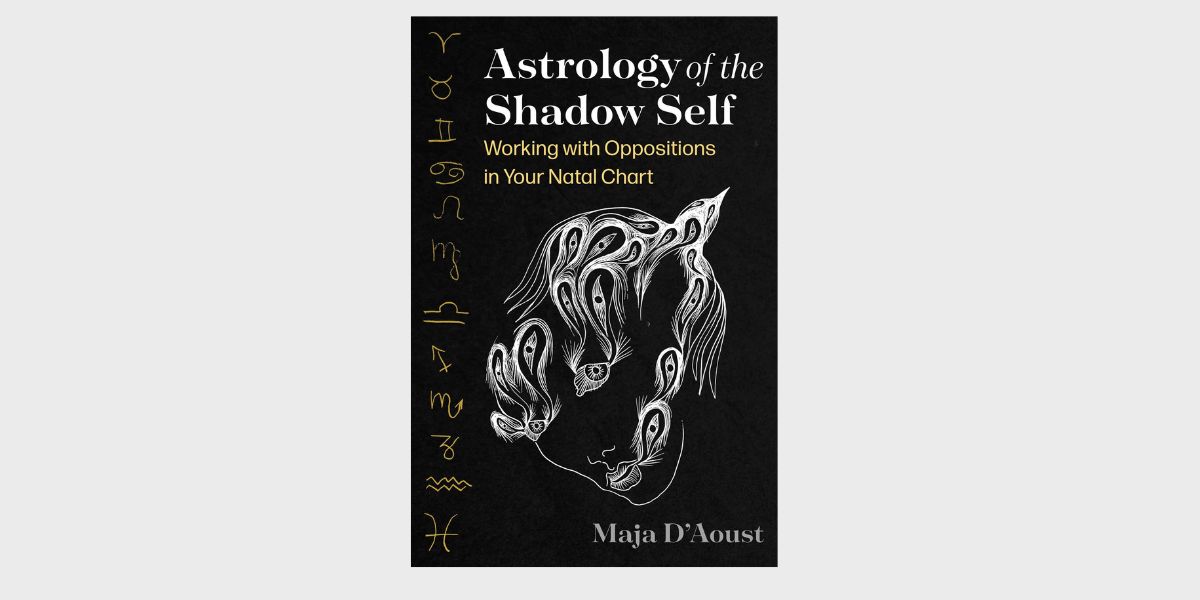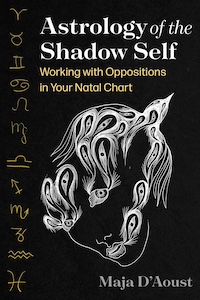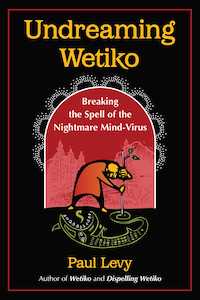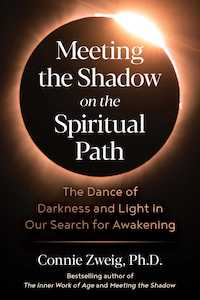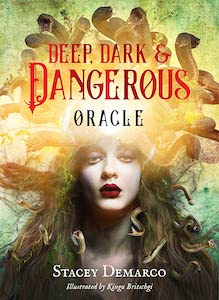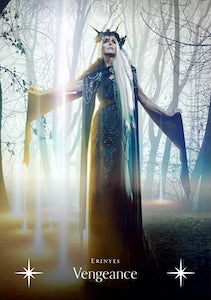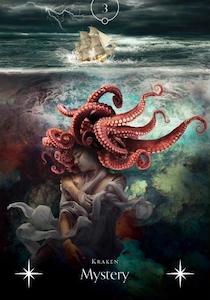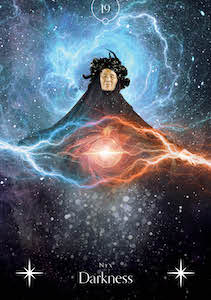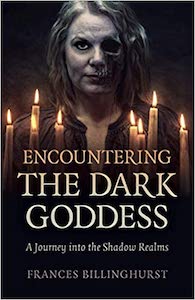
Shadow Work for the Soul: Seeing Beauty in the Dark, by Mary Mueller Shutan
Findhorn Press, 9798888500149, 288 pages, April 2024
Mary Mueller Shutan has written a comprehensive guide to the shadow and how to honor it for healing and transformation. Shadow Work for the Soul: Seeing Beauty in the Dark combines information, tools, and quotes from writers and thought leaders, both past and present, to not only explain how to identity, but also to reclaim and integrate shadow aspects.
“By the time we reach adulthood, much of our authentic self is shadow, and we no longer feel vibrant and enthusiastic about life. Yet the shadow is composed not only of the trauma and darkness we have experienced but also the light we have yet to absorb.”1
As a teacher and healer who is trained in Chinese medicine, somatic bodywork and energy work, Shutan began her work as a massage therapist. She went on to study Reiki, Thai bodywork, CranioSacral Therapy, and Chinese Medicine. Her training also includes acupuncture and herbal medicine. In 2016, she closed her in-person practice and began to focus on distance healing, teaching, and writing. Shutan offers online classes and has written three other books, as well as her blogs. Read more about Shutan on her website.
After an introduction, in which the author uses the analogy of a lake to explain the shadow, Shutan dives into her four-part work:
“Part 1: Meeting the Shadow”
“Part 2: Working with the Shadow”
“Part 3: Collective Shadows”
“Part 4: Embracing the Other: Essays & Contradictions”
Within the 25 chapters of this book, Shutan presents the shadow, explains how to work with the shadow, shares her ideas on the collective shadow and closes with a series of essays regarding how we project our shadow parts.
Throughout the book, the author shares stories, myths, and analogies to help us better understand our shadow aspects. For example, she shares the story of the “Princess and the Dragon” to explain how we often become divided when faced with repeated trauma. One part of us is the “inner child” and the other part is the “fierce protector”, which is mythologically represented by the “princess and the dragon”. While part of us feels small and powerless, another part appears to be a type of protector. She writes, “This protector often shields itself by claiming superiority.”2
Shutan includes many healing tools for a type of self-directed healing process for shadow work. One of my favorite tools is called “Sitting with Emotions.”3 Here is one example of how to sit with grief:
“OK grief, “Let us have 5 minutes together.” Then allow yourself to feel. Keep good boundaries with yourself. It is not necessary to go overboard, which can sometimes be cathartic, but at other times be exhausting and unnecessary.
When you are finished sitting with your emotion, be sure to thank the emotion: “Thank you, grief, for processing a handful of grief with me.””4
She also includes another, longer meditative process for processing emotions that may be more “entrenched”5. In another section, she suggests that when a trigger arises, ask yourself, “What age am I?”6 This question can help us to gauge whether our reaction is current or from childhood.
Another helpful tool includes “questioning if your actions or thoughts are causing you to feel superior or inferior to someone else.”7 Shutan goes on to say that by catching ourselves in these situations, we can begin to stop the competitive judging of other people.
I also enjoyed learning the “Saying Something Nice”8 tool. When you find yourself triggered by someone or their actions, quickly find three things about that person that you like. The author advises that over time, this tool will help us integrate shadow aspects and “you will find that what you see reflected in the other person changes.”9 Finally, as we “notice the positive qualities in others, we are more open to seeing positive qualities within ourselves.”10
One of the longer chapters deals with the concept of “Loops.” With the tools in this chapter, you can begin to recognize repeating patterns, conversations and reactions. Shutan explains that these loops begin in childhood, many of which are established when we are preverbal. The steps to breaking down and healing these loops begins with awareness and asking this question: “But what happens before that?”11 Her example is a person who has a migraine. The process involves dissecting everything that happened BEFORE the migraine, to see what triggered it, which is often more than one thing.
Shutan’s writing is easy to read and well structured. I like the fact that she includes the name of the section or part on the top left-hand page and the chapter title on the top right-hand page. This makes navigation easy. She also includes a section of book titles for further reading.
Shadow Work for the Soul would be great for anyone who is currently struggling with triggers, projections, or patterns that keep repeating in their lives. I plan to revisit many of the tools Shutan includes and keep it on hand to share with clients and friends. As she says in the foreword:
“The purpose of shadow work is not to become beings of light, but to revel in the dark. We can become a fully human being– accepting and allowing every aspect of ourselves to become a part of us again. Without our darkness we are only half a person, living a half-lived life. Our darkness is where our passions lie. . . By doing shadow work we can release the primal shame of the body and embrace ourselves exactly as we are.”12

PJ Spur is an author, intuitive, spiritual mentor, astrologer, and hypnotist. She does tarot & oracle card readings, natal chart readings, grief coaching, and relationship healing. She also has hosted a weekly “Coffee & Cards” event with her Soul Compass Community for the past four years. Her book Navigating Grief with Grace is available on Amazon. Learn more at www.dearpj.com

